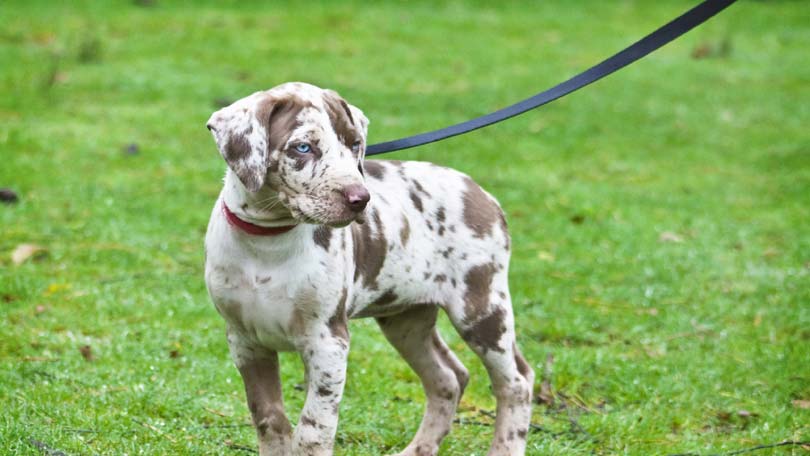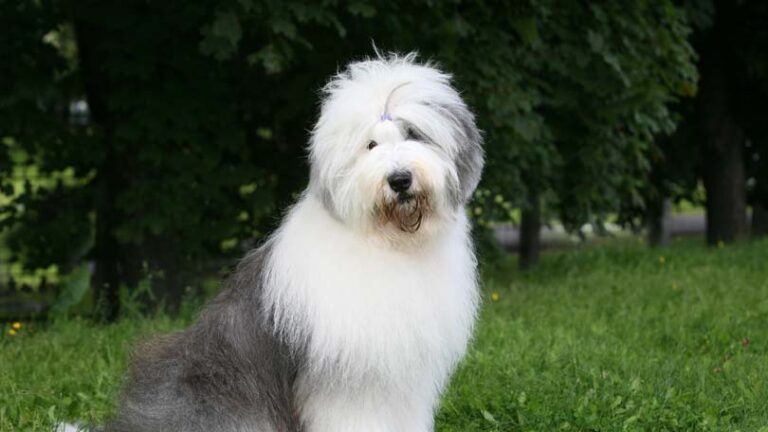Buying a Leash for a Puppy
Buying a leash sounds like an easy task – you go into a pet store, pick a leash that you like and purchase it. However, it is more complicated than it sounds, as there are leashes of all styles, shapes, materials, and uses available. So which one is right for you and your pooch? Good question!
Your Puppy’s First Leash
Today is the day you finally get to pick your new puppy up and the breeder suggested you bring a leash but what leash is appropriate for a puppy?
First off, the cheapest leash. Guaranteed with those sharp little puppy teeth and the rate at which your new baby will grow, the leash will not last more than a couple of months. A 6-foot long by ½-inch wide nylon webbing leash with a metal clasp is the cheapest and most effective place to start for a young pup. Pick a color that will look good on your new pup and go get your pup knowing your breeder will approve of your choice.
Within a few months, go back to the store with your pup and be prepared to buy them a new leash because the original will be too chewed up to be safe.
Six Foot Walking Leash
The six-foot walking leash is the most commonly seen leash. Six feet is long enough to allow your dog a bit of line for sniffing around without risking him sniffing his way into traffic. All obedience classes recommend this leash as it is the ideal length for training .
The six-foot walking leash comes in the same nylon webbing your puppy leash was made out of but in wide variety of widths as well as in an assortment of other materials.
Deciding on what width leash is appropriate can be a tough decision. Small dogs do not need the strength of a wider leash but it may be more comfortable on your hand. Try a few different widths and see what fits your hand well. Large dogs usually need a wider leash for the extra strength and to distribute any pressure from pulling over a larger area.
Leather is a common material used for leashes. It is strong, soft on your hand and made to last for years as long as it is taken care of properly. Keep it dry and, for long-lasting good looks, rub it down with mink oil or a similar product every few months. The drawback to leather is over time it absorbs odors and there is no way to wash it.
Rope is another common material used in leashes. It is soft on hands and yet incredibly strong. It is washable and usually lasts for a couple of years before it begins to look tired.
Traffic Leash
Do you live in an area of high traffic and narrow sidewalks? You might do well to purchase a traffic leash. These short leashes range from 18 inches to 24 inches, keeping your dog close to your body at all times. The traffic leash is also wonderful for taking your dog to a parade or other busy area where you do not want him to wander.
There are combination six foot and traffic leashes – they are a six-foot lead with a grab handle near the clasp. These are excellent for everyday use and it is nice to have that short grab handle for crossing busy streets or walking by a bus stop.
Retractable Leads
Retractable leads are common, especially for small dogs. These are leashes that have 10 to twenty feet of nylon cord or webbing that ‘retracts’ into the handle. They have a lock mechanism so that the leash can be shortened up to as short as a few feet for walking through traffic areas, etc.
These leashes work well for dogs that have no recall and cannot be trusted off lead and yet need the opportunity to stretch their legs. One word of warning: a big dog that decides to run from one end of the leash to the other can whip that handle out of your hand with ease and if you do manage to keep a hold of it, you will probably be on your belly. These leashes work best for small to medium sized dogs and always lock the leash to a shorter walking length when on sidewalks or near traffic.
Slip Lead and Martingale Leash
Slip leashes and martingale leashes are a combination leash and collar. These are perfect leashes for dogs that do not wear collars around the house as they are an all-in-one style.
Slip leads work like a noose however so should not be used for dogs that pull as they can strangle themselves nor should a dog be tied up to anything and left, say, outside a store. These leads are often made out of rope or leather and sometimes have an adjustable tab so that they cannot tighten past a certain point.
Martingale leashes are the same idea as the slip leash but they do have a self-limiting device manufactured into the leash so the dog cannot choke themselves. These too are wonderful for slipping onto your dog for quick walks or taking them for car rides. These leashes are usually made out of nylon webbing.
Long Line
The long line is just like it sounds – a leash that runs up to 25 or 30 feet long and most often used for training. Usually made out of nylon webbing, you can also make a long line out of rope by attaching a metal clip to one end and making a loop at the other. Long lines are an excellent training tool for teaching recall and a long stay where you need to keep control of the dog but want to be able to work a ways from him at the same time.
Buying a leash does not have to complicated or expensive. Think about what you will be using the leash for, what material you like the feel of and what looks best with your dog’s coat and coloring. Train your dog not to chew on the leash and it will last a lot longer! Keep the old leash in the car for emergencies and remember that nylon and rope leashes are washable (allow to air dry) so they stay clean as dirt will break down the fibers faster. Then go nuts! Leashes come in all sorts of styles and colors so let your creative side loose and have some fun!

Having discovered a fondness for insects while pursuing her degree in Biology, Randi Jones was quite bugged to know that people usually dismissed these little creatures as “creepy-crawlies”.







